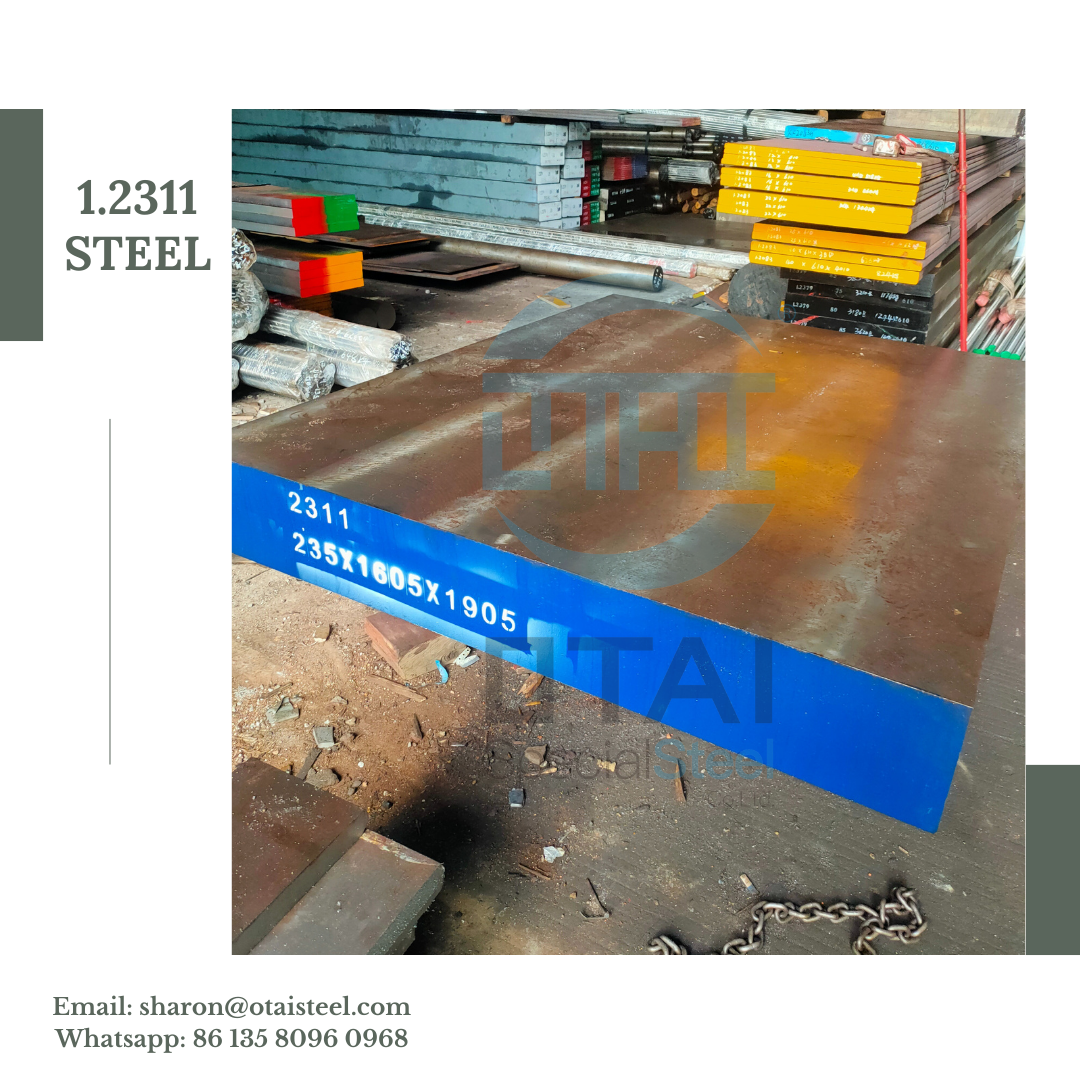In the realm of steel materials, DIN 1.2311 steel stands out as a pivotal player, renowned for its exceptional properties and versatile applications. As a technical expert in steel materials, we delve into the depths of DIN 1.2311 steel to unravel its intricacies and shed light on its significance in various industries.
Understanding DIN 1.2311 Steel
DIN 1.2311 steel, also known as P20 steel, epitomizes excellence in the domain of mold steels. Its composition primarily comprises chromium, molybdenum, and manganese, rendering it an ideal choice for a myriad of applications, particularly in the fabrication of molds for plastic injection.
Composition and Properties
- Chromium: Enhances hardness and wear resistance.
- Molybdenum: Augments toughness and tensile strength.
- Manganese: Contributes to hardenability and machinability.
Applications of DIN 1.2311 Steel
The versatility of DIN 1.2311 steel transcends boundaries, finding applications across diverse industries:
- Plastic Molding: DIN 1.2311 steel is the preferred choice for manufacturing plastic injection molds due to its excellent polishability, machinability, and dimensional stability.
- Automotive Industry: It finds extensive usage in automotive components, including bumpers, dashboards, and interior trims, owing to its high impact resistance and surface finish.
- Consumer Goods: From household appliances to electronic enclosures, 1.2311 steel caters to the stringent requirements of consumer goods manufacturing, ensuring precision and durability.
- Medical Equipment: The medical sector benefits from the biocompatibility and sterilization capabilities of DIN 1.2311 steel, making it an indispensable material for medical device fabrication.
Advantages of Choosing DIN 1.2311 Steel
The myriad advantages of DIN 1.2311 underscore its indispensability in various industrial sectors:
- Exceptional Machinability: Facilitates intricate mold designs and precise detailing.
- High Hardness: Ensures prolonged tool life and minimal wear during production cycles.
- Excellent Polishability: Enables the attainment of flawless surface finishes, critical in aesthetic-driven industries.
- Dimensional Stability: Maintains dimensional accuracy under varying temperature and pressure conditions, essential for intricate mold cavities.
Maintenance and Care Tips
To maximize the longevity and performance of molds fabricated from DIN 1.2311, adherence to proper maintenance practices is imperative:
- Regular Cleaning: Remove any residue or contaminants adhering to the mold surface to prevent defects in molded products.
- Lubrication: Apply suitable mold release agents to facilitate smooth ejection of molded parts and mitigate frictional wear.
- Temperature Control: Optimal temperature management during the molding process prevents thermal stress and ensures uniform part quality.
Conclusion
In conclusion, DIN 1.2311 steel stands as a stalwart in the realm of mold steels, epitomizing durability, precision, and versatility. Its myriad applications across diverse industries attest to its indispensability and unwavering performance. By understanding its composition, properties, and maintenance requirements, manufacturers can harness the full potential of DIN 1.2311 to drive innovation and excellence in their respective domains.
For inquiries about 1.2311 steel or other related materials, feel free to contact us at sharon@otaisteel.com or reach out via WhatsApp at +8613580960968. Our team of experts is ready to assist you with your specific requirements.











